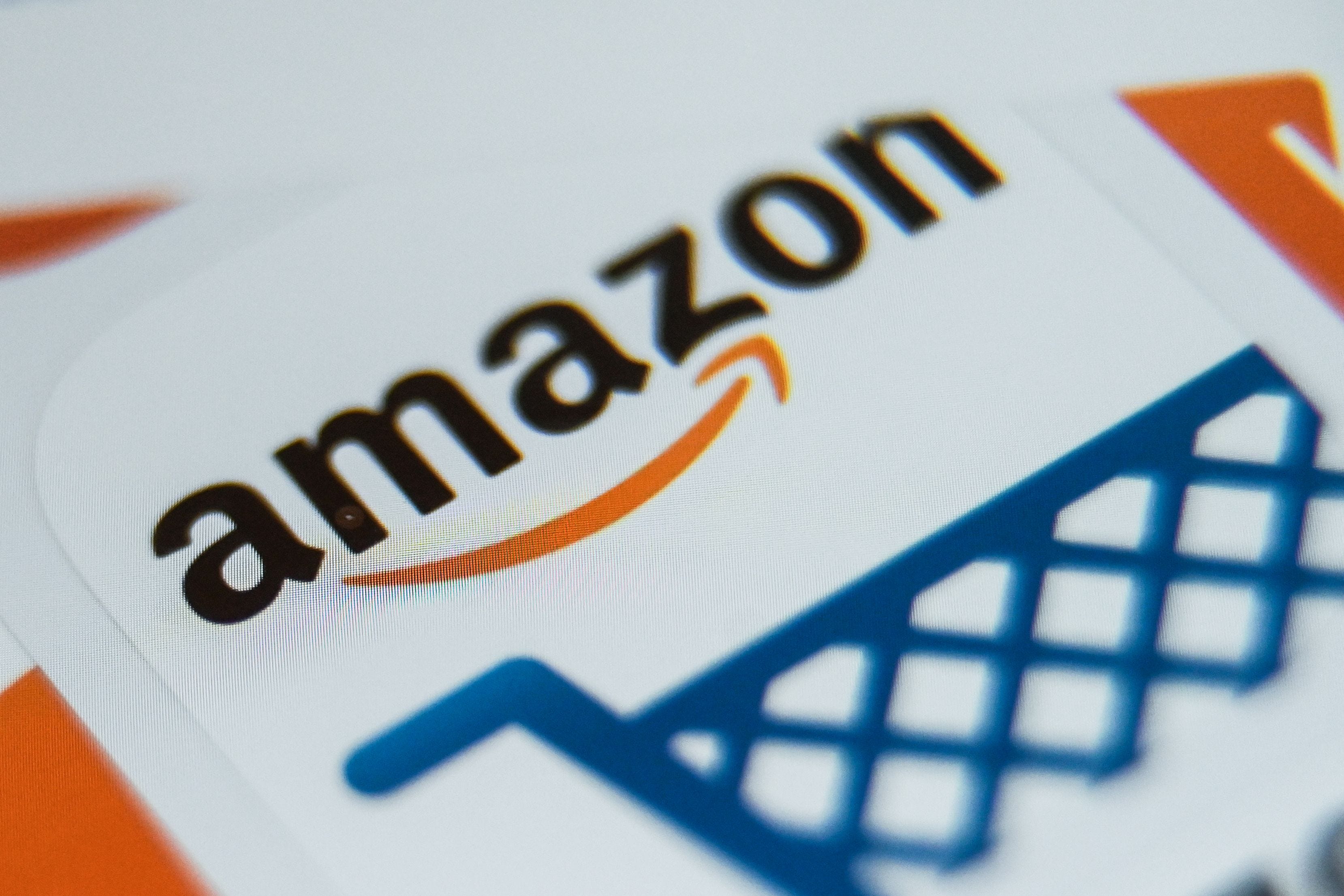LATEST FINANCIAL NEWS
Can you shop online and pay with cash? Amazon says yes
Charisse Jones
USA TODAY
Published 12:24 PM EDT Sep 18, 2019
To accommodate shoppers who prefer or need to pay with cash, Amazon will let shoppers make a purchase online then head to Western Union to pay for it with dollar bills.
Amazon PayCode, already offered internationally, will become available in the U.S. starting today.
When Amazon shoppers click to check out, they’ll receive a code and a number. They then have 24 hours to visit a local Western Union, where they can reference the code and pay cash for their purchase.
“Customers have told us they love the convenience of paying in cash,” Ben Volk, Amazon’s director of payments said in a statement. “Together with Western Union, we’re … enabling them to pay for their online purchases in a way that is convenient for them.”
But some experts and advocates say that having the ability to pay with cash goes beyond convenience.
Millions of Americans don’t have a bank account or lack a credit card, potentially denying them the ability to do tasks many take for granted, such as putting phone bill payments on auto-pay or eating at restaurants that don’t take paper currency.
How the auto workers strike affects you: Can I still find the car I want?
UAW strike could cost millions: From lost customers to keeping lights on at plants, here’s what the UAW strike can cost GM
Not having a bank account or credit card also can make it harder to take part in the online economy that has reshaped the shopping landscape and is dominated by retailers like Amazon.
Now Amazon says that in addition to launching PayCode, it is also expanding Amazon Cash, a service it began in 2017 that allows shoppers to go to convenience stores and other locations to add $5 to $500 in cash to a balance that can then be tapped to make online purchases. That option will now be available at more than 100,000 locations across the U.S.
There are no extra fees for either service.
Consumers and businesses alike have embraced the cashless trend, noting how the swipe of a card or tap of a mobile payment app makes lines move faster and reduces the risk of theft.
But in 2017, the most recent year available, 6.5% of U.S. households did not have bank accounts, according to the FDIC, and 18.7% had accounts but also used financial services outside of insured institutions.
Communities of color are particularly affected. In 2017, 16.9% of African-American households didn’t have bank accounts, and it was 14% among Latino households, according to the FDIC.
In response, several cities and states, including Philadelphia, San Francisco and New Jersey, have passed or are considering bills that bar retailers from refusing to accept cash.
Some consumers also prefer paying with paper currency to preserve their privacy, noting that digital transactions can be tracked, and major data breaches at institutions like credit rating agency Equifax have potentially exposed the personal information of consumers.
Amazon has previously taken steps to accommodate people who’d rather pay with dollars and cents. Its Amazon Go stores in San Francisco and New York City now take cash, and the company plans to accept hard currency at all Amazon Go stores over time.









